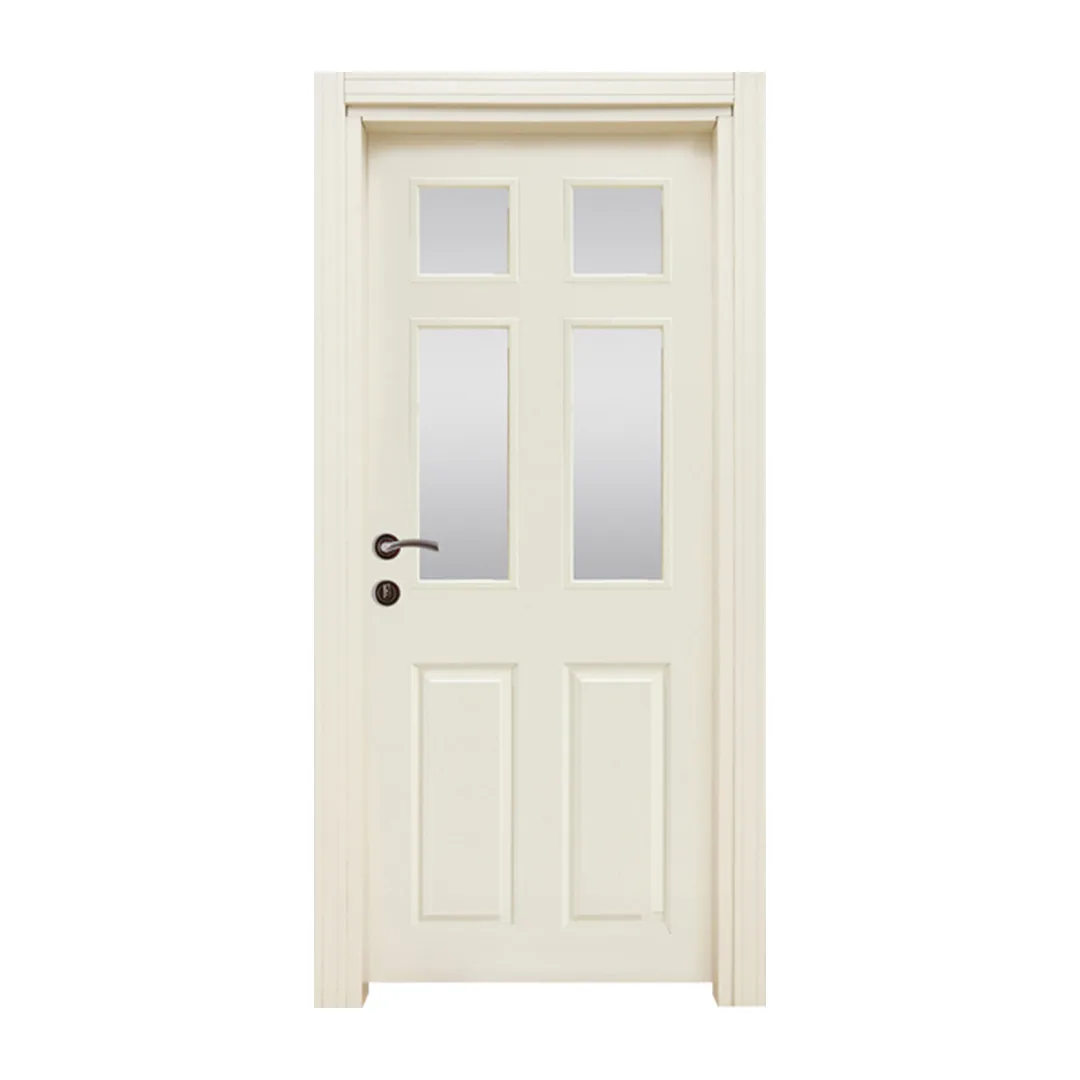Choosing the Perfect Interior Door for Your Home
Interior doors are essential to a home’s functionality and aesthetic appeal. The right interior door not only adds style but also enhances privacy, controls sound, and even helps regulate natural light. Whether you’re building a new home or renovating, understanding the different interior door options will empower you to make informed choices that fit both your style and practical needs.
Why Interior Doors Matter in Home Design
Did you know that the design and material of your interior doors can significantly impact the atmosphere and flow of your home? Research shows that a well-chosen door can improve sound insulation by up to 50% and add to the perceived value of the home. With so many options available, finding the right door is easier than ever.
Benefits of Choosing the Right Interior Door
Investing in the right interior doors brings multiple advantages to your home:
- Enhanced Privacy: Doors made with solid materials block noise, making them perfect for bedrooms and home offices.
- Improved Light Flow: Glass-paneled doors allow natural light to spread, making spaces feel brighter and more open.
- Sound Control: High-quality doors help contain noise, providing a more peaceful home environment.
- Aesthetic Impact: Interior doors come in a variety of styles, allowing you to create a cohesive look throughout your home.
- Energy Efficiency: Insulated doors can help regulate indoor temperature, which may contribute to energy savings.
Comparing Interior Door Types
To help you decide on the best interior door for each room, here’s a quick comparison of popular interior door types, their features, and ideal applications:
| Door Type | Key Features | Ideal For |
| Panel Door | Traditional design with rectangular panels; versatile | Bedrooms, living rooms |
| French Door | Glass panels allow light flow; elegant look | Living areas, dining rooms |
| Sliding Door | Space-saving, slides along a track | Closets, small spaces |
| Pocket Door | Slides into wall, saves floor space | Bathrooms, pantries |
| Barn Door | Rustic, slides on exposed track | Bedrooms, offices |
| Bi-Fold Door | Folds in half, easy to open and close | Closets, laundry rooms |
Key Considerations for Choosing an Interior Door
- Determine the Room’s Function
Consider the role of each room. Bedrooms and home offices, for example, may benefit from solid doors that offer privacy and sound insulation, while living rooms and kitchens could use glass or French doors for an open, airy feel.
- Match the Style of Your Home
Choose doors that complement your home’s style. Modern homes might look best with sleek, minimalist doors, while a rustic or farmhouse style might shine with barn doors or natural wood finishes. The right door style can unify your home’s overall design.
- Select the Right Material
The door’s material affects its durability, soundproofing, and cost. Here are some common options:
- Solid Wood: Provides excellent sound insulation and durability.
- Hollow Core: Lightweight and budget-friendly, but less effective for soundproofing.
- Glass: Allows light flow and adds elegance; ideal for rooms where privacy isn’t a primary concern.
- MDF (Medium-Density Fiberboard): Affordable, durable, and great for painted finishes.
- Plan the Door Swing or Opt for Space-Saving Designs
Door swing direction and available space should guide your decision. For tight spaces, consider sliding, pocket, or bi-fold doors to avoid obstructing the room.
Step-by-Step Guide to Interior Door Installation
Installing an interior door can be a rewarding DIY project if you have the right tools and preparation. Here’s a quick overview of the process:
- Gather Supplies and Measure: Have a level, screws, a drill, and door hardware on hand. Measure the door frame to ensure a proper fit.
- Prepare the Frame: Ensure that the frame is square and level. This will make installation smoother and prevent issues with alignment.
- Attach the Door Hinges: Attach the hinges to the door first, then align and screw them into the frame. Check that the door opens and closes smoothly.
- Install Hardware: Attach handles, knobs, or latches following the manufacturer’s instructions.
- Apply Finishing Touches: If the door requires painting or staining, complete these steps before final installation for a polished look.
Visual Aids
Including an infographic comparing different interior door styles and their key features can help visualize which options work best for each room. Another helpful infographic could illustrate the installation steps for DIY enthusiasts, offering a handy reference.
Final Thoughts: Making a Lasting Impression with Interior Doors
The right interior door is more than just an entryway; it’s a crucial component of your home’s design and functionality. With thoughtful selection based on your needs and style, you can elevate your home’s ambiance while improving privacy, sound control, and aesthetic appeal.
What type of interior door do you have in your home?
Have you found a specific style or material that works particularly well? Share your insights in the comments below and inspire others with your interior door ideas!













